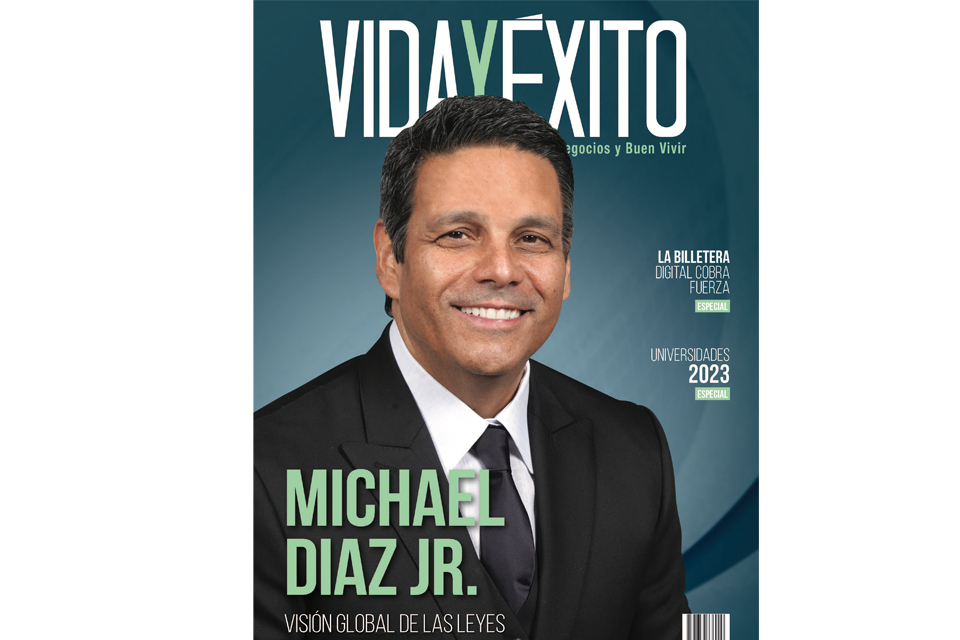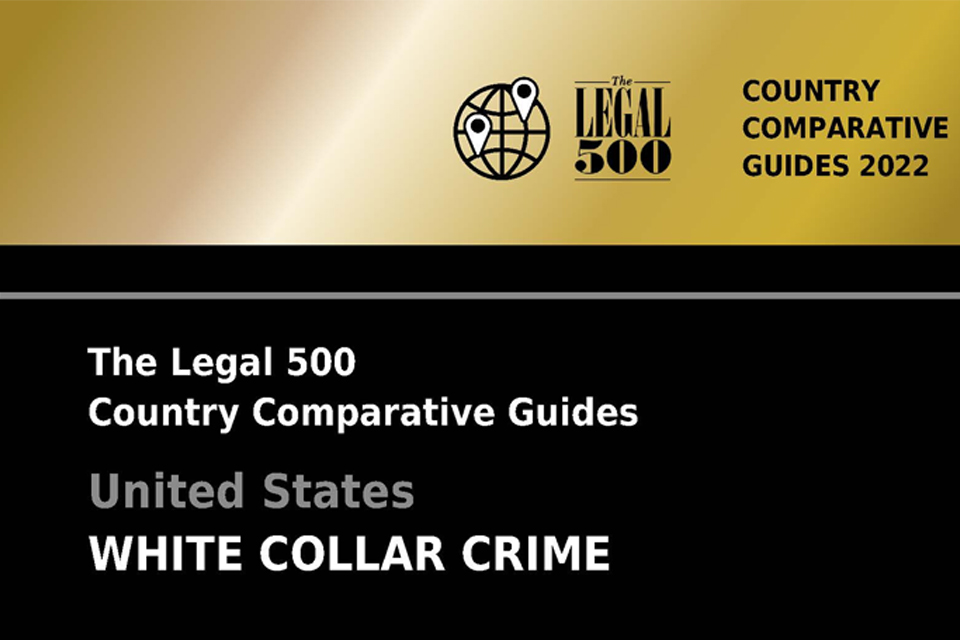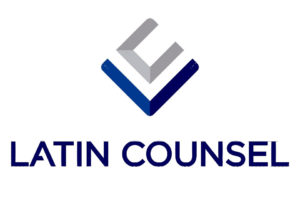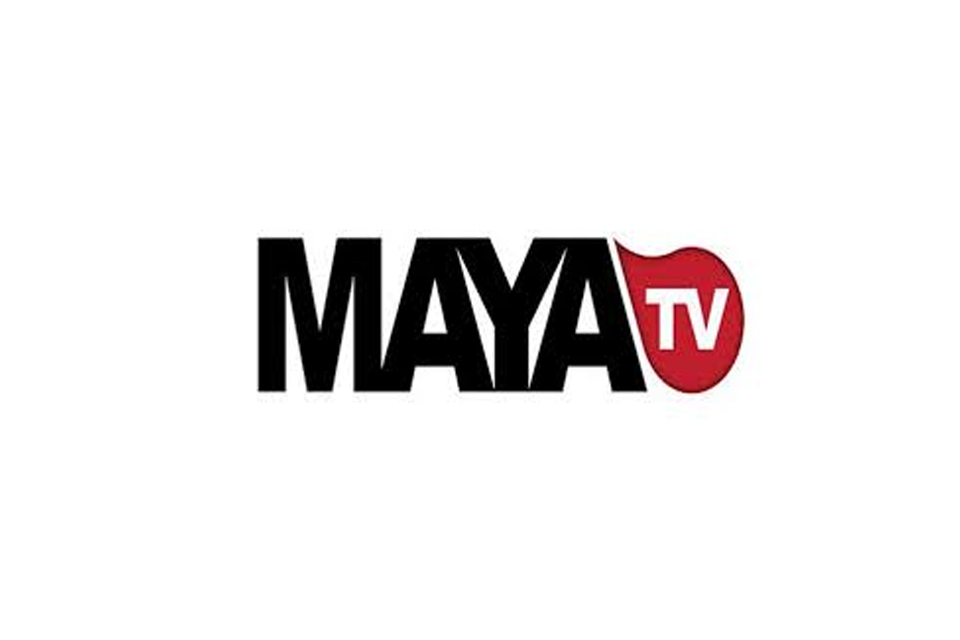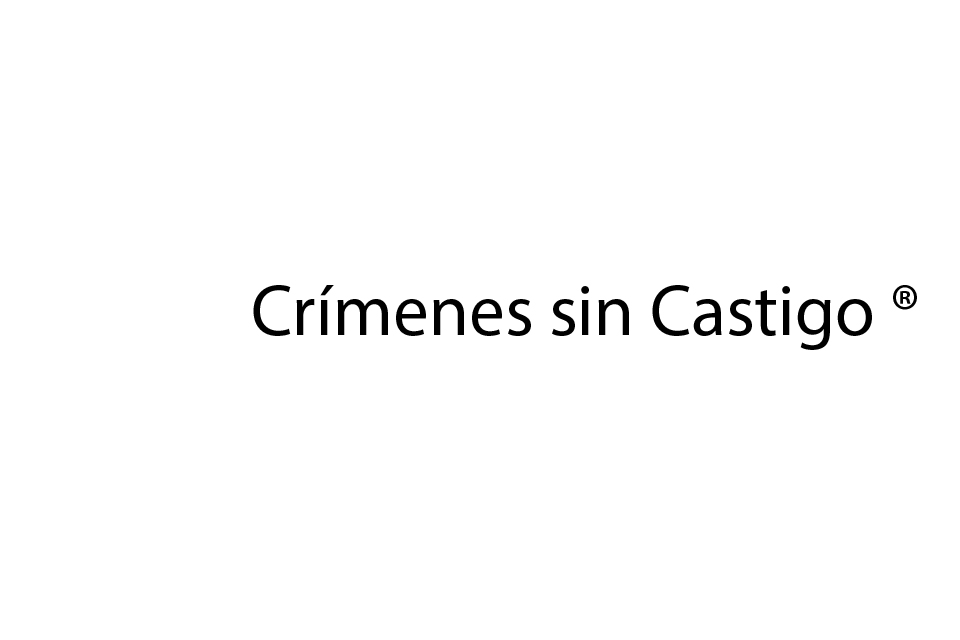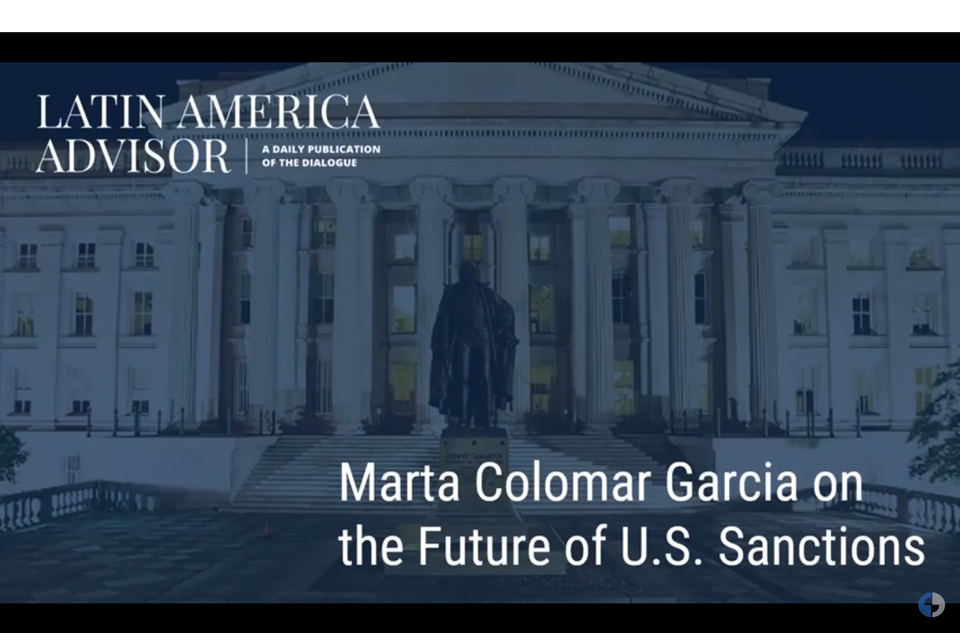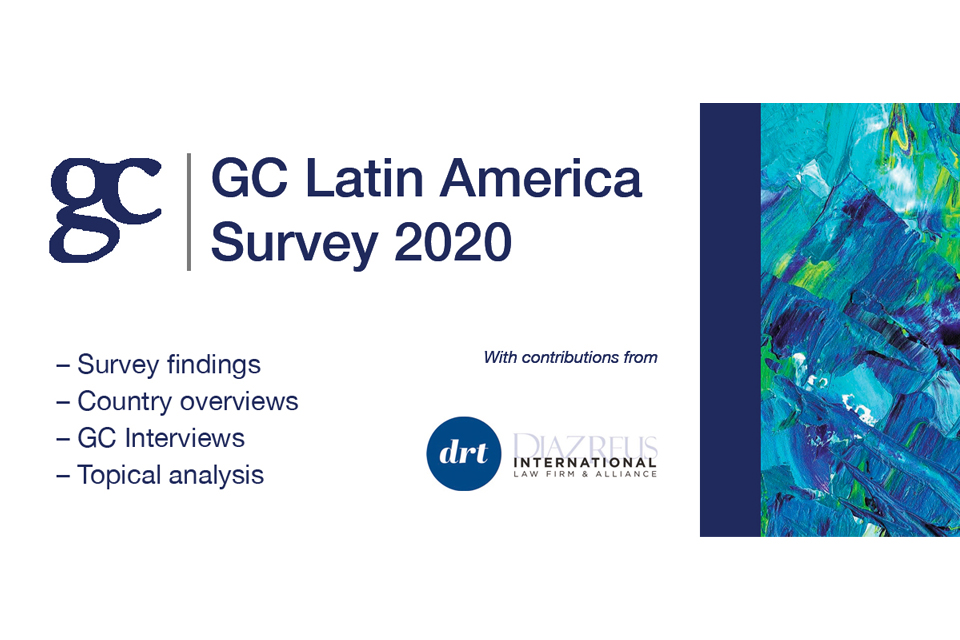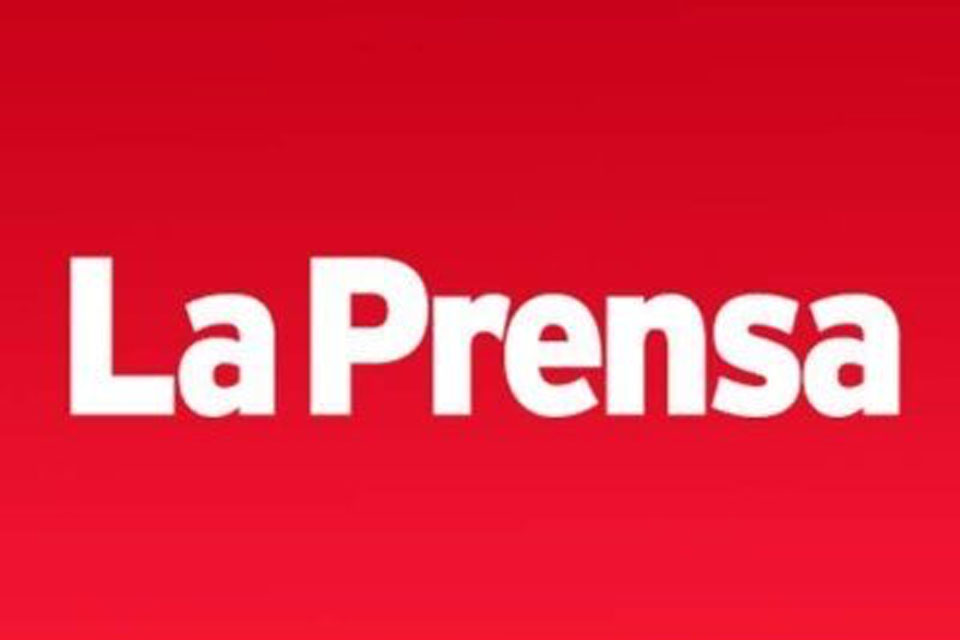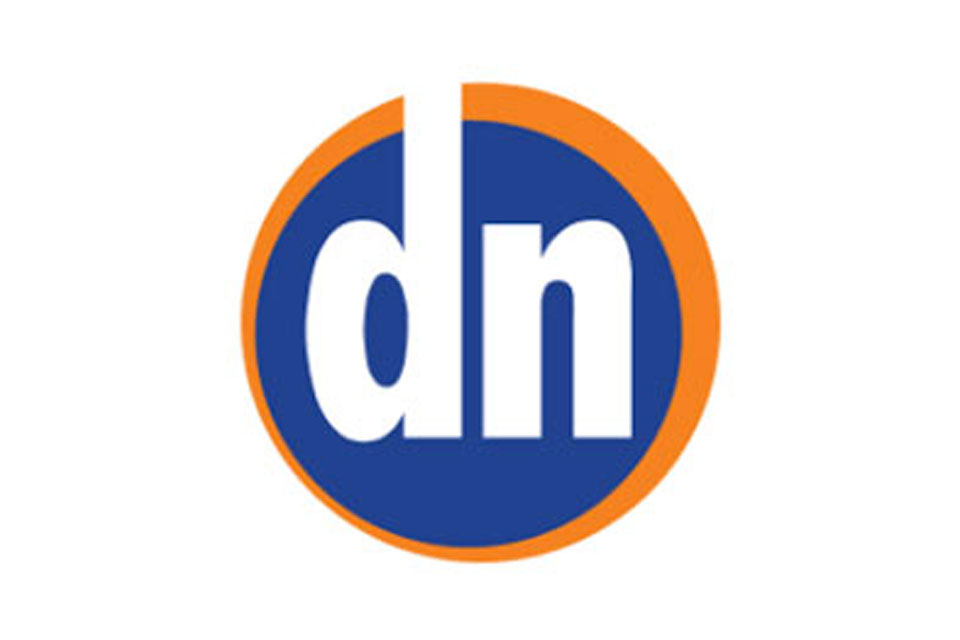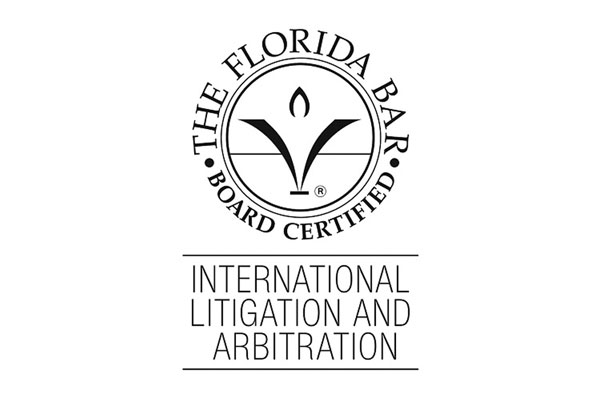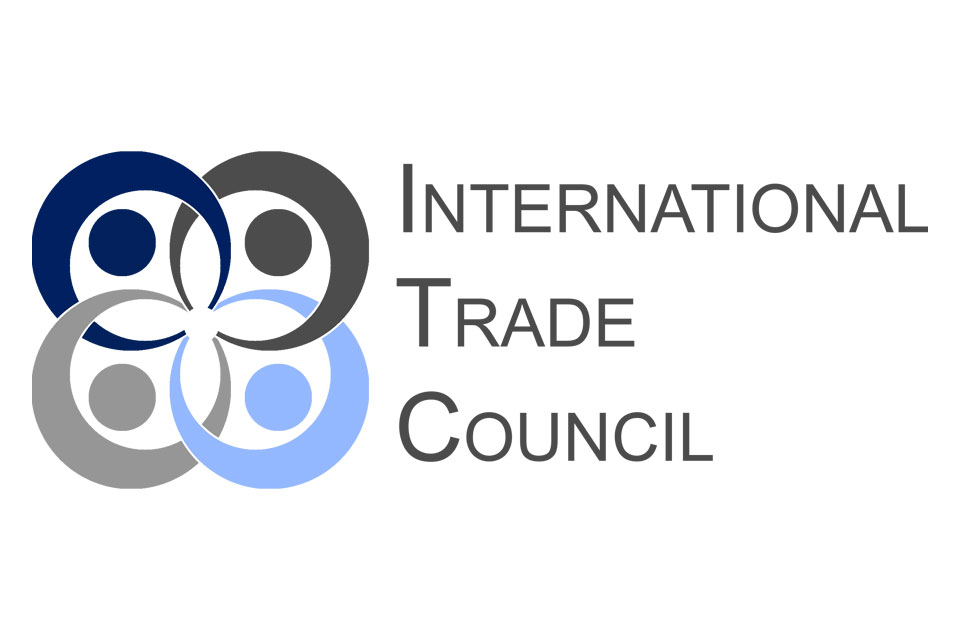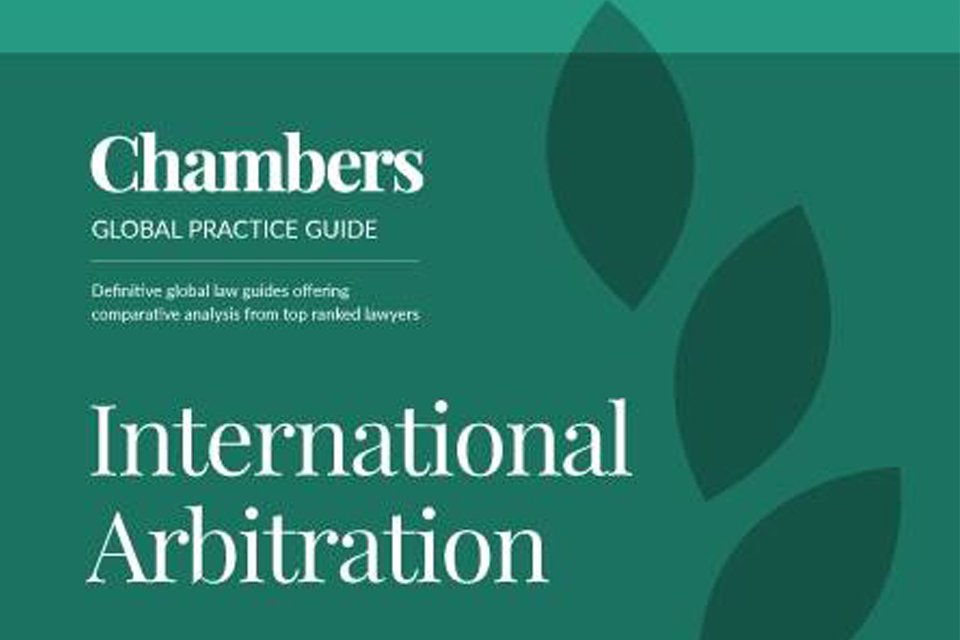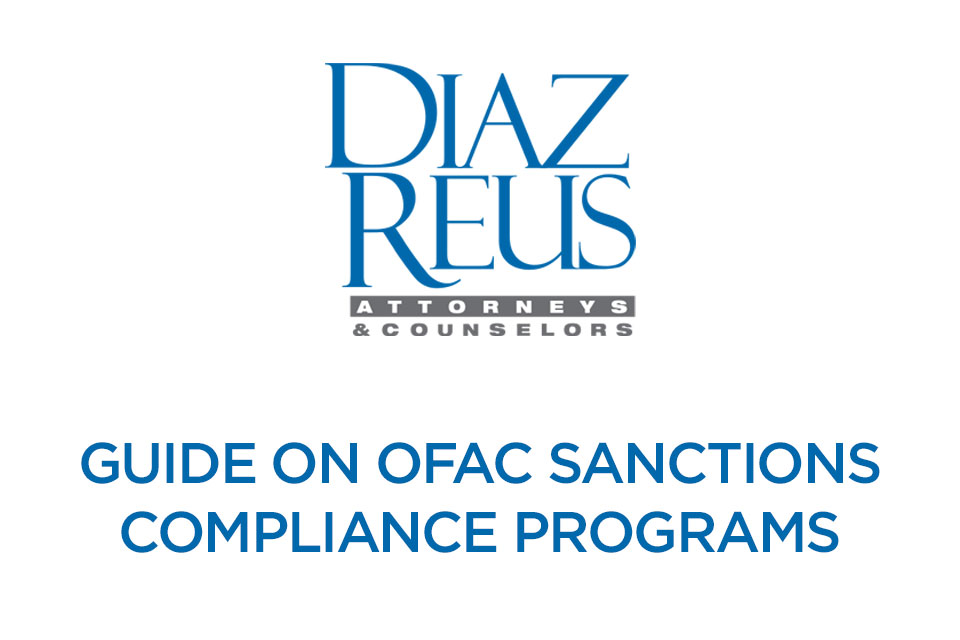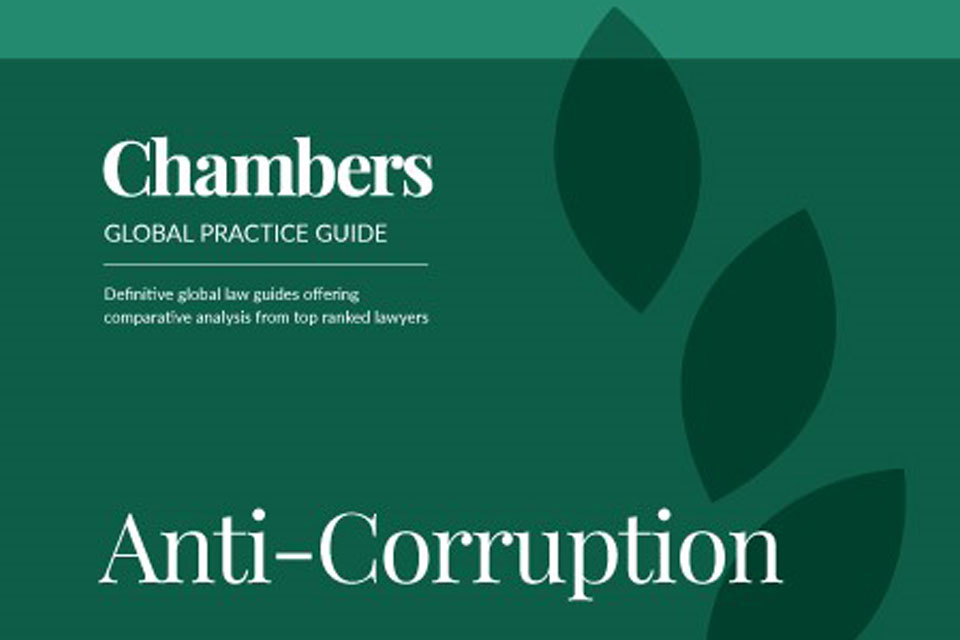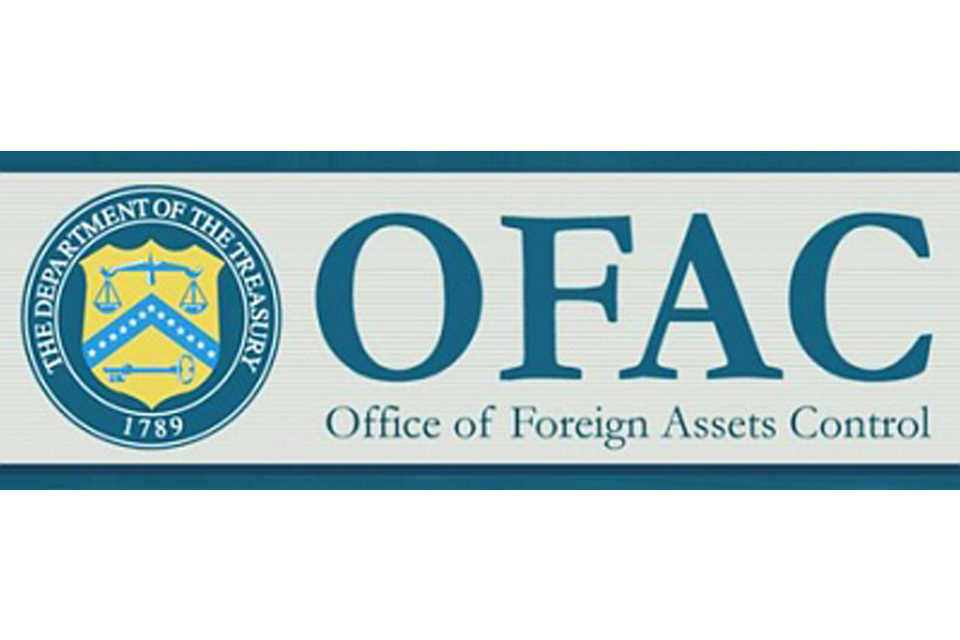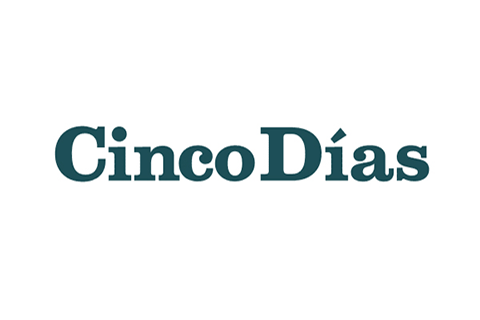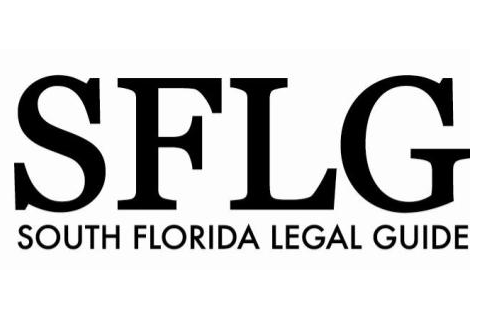Chapter 11 of the North America Free Trade Agreement (NAFTA) was the first international trade agreement provision to give foreign investors a direct cause of action for investment disputes against the host government in a binding international tribunal, commonly known as “investor-state arbitration.” However, NAFTA investor-state arbitration continues to be a source of debate. Critics argue that the text is ambiguous, causing some to misinterpret the provision as a threat to national sovereignty. But, despite its many critics, the United States has adopted NAFTA style investor-state arbitration provisions within its own trade policy. As a result, almost all free trade agreements signed by the United States after NAFTA’s implementation include new versions of the agreement’s investor-state dispute provisions. The recently approved Colombia-U.S. Free Trade Agreement (“CFTA”) is no exception.
Chapter 11 of NAFTA applies only to measures that relate to an investor or to the “investment of investor of another party in the territory of the other party.” “Investor of party” refers to any party that seeks to make, is making, or has made an investment. Incidentally, NAFTA does not expressly define the term “investment.” Instead, under Article 1139, it lists certain activities that constitute valid investments, as well as activities that are not investments under the treaty. For example, it lists as valid forms of investment “an enterprise, equities, loans, debts, or interest on an enterprise, real estate and other interest arising from the commitment of capital.” On the other hand, it precludes “claims of money arising only for commercial contracts or commercial transactions” from being considered valid investments. Based on this indeterminacy, NAFTA parties in dispute with one another have frequently alleged lack of investment as grounds for dismissal.
In S.D. Myers, Inc. v. Canada, for example, an Ohio waste company, which claimed to have an investment in Canada through a Canadian Company (S.D. Meyer Canada) and sought to import polychlorinated biphenyl (PCB) from Canada to the U.S. for processing in its Ohio facility, brought a NAFTA claim against Canada for loss of profits because the Canadian government banned PCB exports to the United States. In its defense, Canada alleged that S.D. Myers, Inc. did not have an “investment of investor of another party” because S.D. Myers Canada was not owned or controlled, directly or indirectly, by S.D. Myers, Inc. Canada based this allegation on the fact that the shares of Myers Canada were owned not by S.D. Meyers, Inc., but equally by four members of the Myers family. They also owned the shares in S.D. Myers, Inc., but in different proportions. The tribunal rejected this corporate structure argument since both companies were under the control of the Meyers family members. Also, the tribunal found that S.D Myers, Inc. had an investment in Canada because S.D. Myers, Inc. lent money to S.D. Myers Canada and had an expectation over S.D Myer’s profits. The tribunal ruled that NAFTA investments cover market shares and access to markets in the host state, whether or not the foreign investor owns a physical plant or retail store in that country.
CFTA Chapter 10 is an improvement over NAFTA Chapter 11, reducing indeterminacy by including an all-encompassing and more sophisticated definition of investment. CFTA Chapter 10 applies to measures adopted or maintained by a party relating to investors of another party or to covered investments. “Investor” of party means an investor that attempts, through concrete action, to make, is making, or has made an investment in the territory of another party. “Investment” means every asset that an investor owns or controls, directly or indirectly, that has the characteristics of an investment, including such characteristics as the commitment of capital or other resources, the expectation of gain or profit, or the assumption of the risk. Valid forms of investment under the CFTA include the establishment of enterprises, distribution of shares, stocks, bonds, futures, signing of construction contracts, and receipt of licenses. “Covered investment” under the CFTA means “an investment in its territory of an investor of another Party in existence as of the date of entry into force of [the CFTA] or established, acquired, or expanded thereafter.”
The CFTA furnishes an all-inclusive definition for investment and introduces a more flexible concept of what constitutes an investor. First, the CFTA’s investment definition expressly covers almost all business activities. “Investments” are inexorably intertwined with “assets,” which include assets of an enterprise (such as movable and immovable property), equity in companies, claims to money, contractual rights, intellectual property rights, concessions, licenses and similar rights. In this way, the CFTA makes clear that investment is a broad concept. Moreover, the CFTA clarifies that investments include property and control rights that are held directly or indirectly by the investor. Therefore, under the CFTA, defenses alleging “lack of investment” based on formal corporate structure are unlikely to be successfully argued. Finally, as compared to the NAFTA, the CFTA also includes a more flexible definition of “investor of a party.” The CFTA states that “investor of a party” covers those investors that attempt through concrete action to make an investment in the territory of another party. This definition of investor covers pre-establishment rights.
The CFTA’s definition for investment is also more sophisticated than its NAFTA counterpart. The CFTA offers some guidelines in determining whether an asset might be classified as an investment under the agreement. It lays out the essential characteristics that an asset must possess in order to be classified as an investment: (i) commitment of capital, (ii) expectation of profits, or (iii) assumption of the risk. It also furnishes some interpretative tools for determining when investments should be protected. For instance, loans issued by one party to another party or payments that are immediately due and result from the sales of goods or services are not considered investments under the CFTA. Neither are any licenses, authorizations or permits that do not confer any rights under domestic law considered valid forms of investment. These reservations effectively exclude trade operations and financial transactions from being classified as investments. But, credits or claims of money, or market share in a certain economic sector might be considered an investment because they are more likely to have the characteristics of an investment. In contrast, the equivalent NAFTA provision simply lists, in an all-or-nothing manner, a list of activities that can be considered valid investments. It provides no guidelines for distinguishing protected investments under the agreement. This deficiency partially explains why “lack of investment” has been a common defense in NAFTA cases.
However, the CFTA does not completely preclude the possibility of litigation in this realm. First, the CFTA does not provide a standard for determining when any given situation might be considered equivalent to an actual control of the assets. Second, the broad concept of “indirect” ownership or control may provide protection to investors who lack a substantial business activity in the host country, such as when an investment is made by a firm established in another contracting party, but owned or controlled by a party in a non-contracting party.
If an investor-state conflict arises, companies should consider hiring an experienced law firm with the proven ability to meet the unique legal, cultural, and logistical demands of resolving international disputes. Diaz, Reus & Targ, LLP’s international dispute resolution team resolves complex transnational business, contractual and commercial disputes throughout Latin America, Asia, the Middle East, Europe and the United States.






























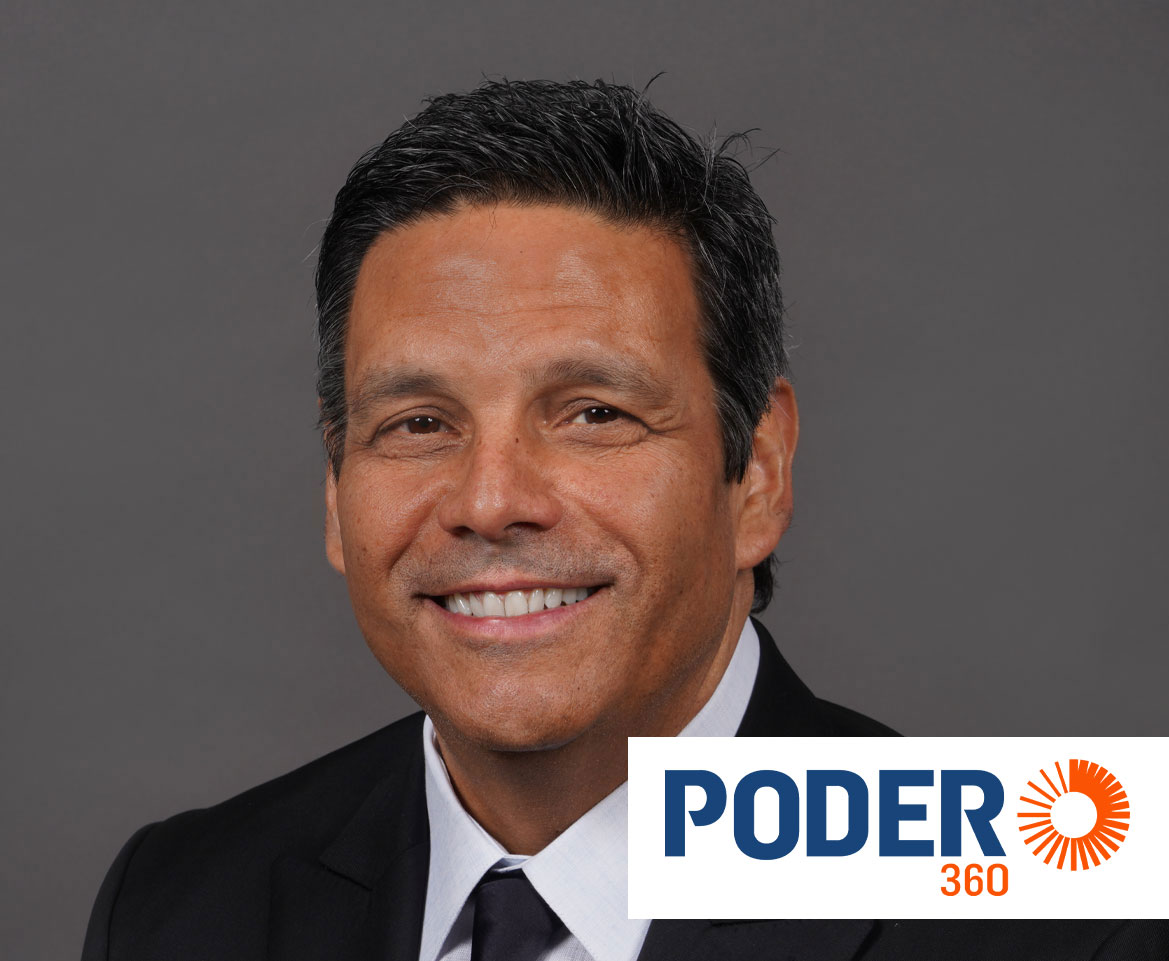



























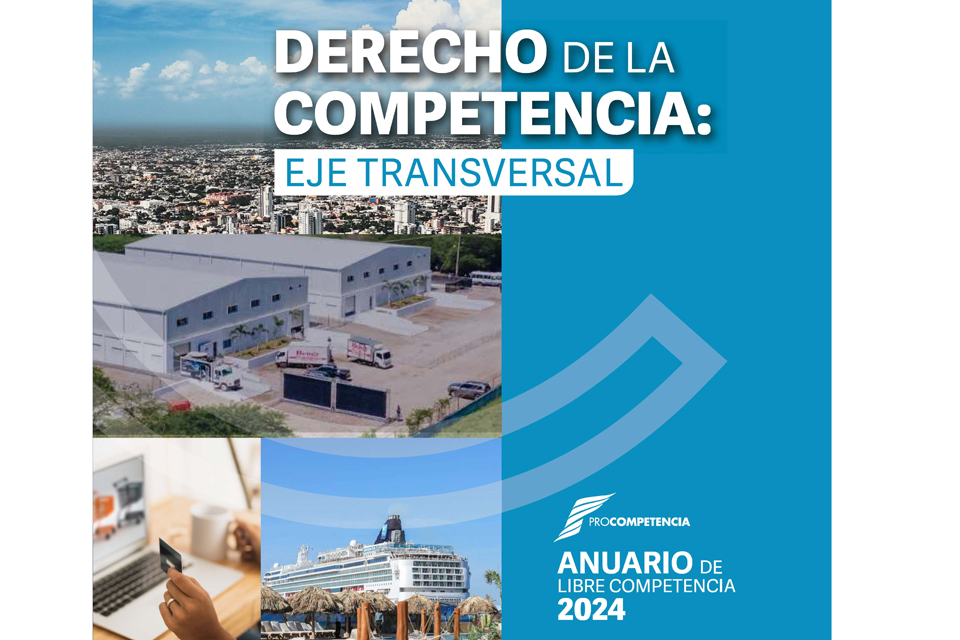








































![Especial abogados Salón de la Fama[61] 4](https://diazreus.com/wp-content/uploads/2023/06/Especial-abogados-Salon-de-la-Fama61-4-1-pdf.jpg)











